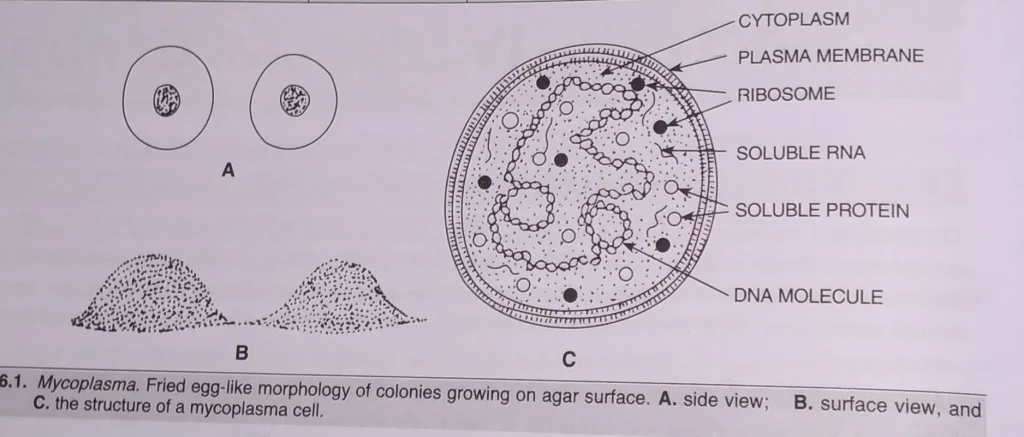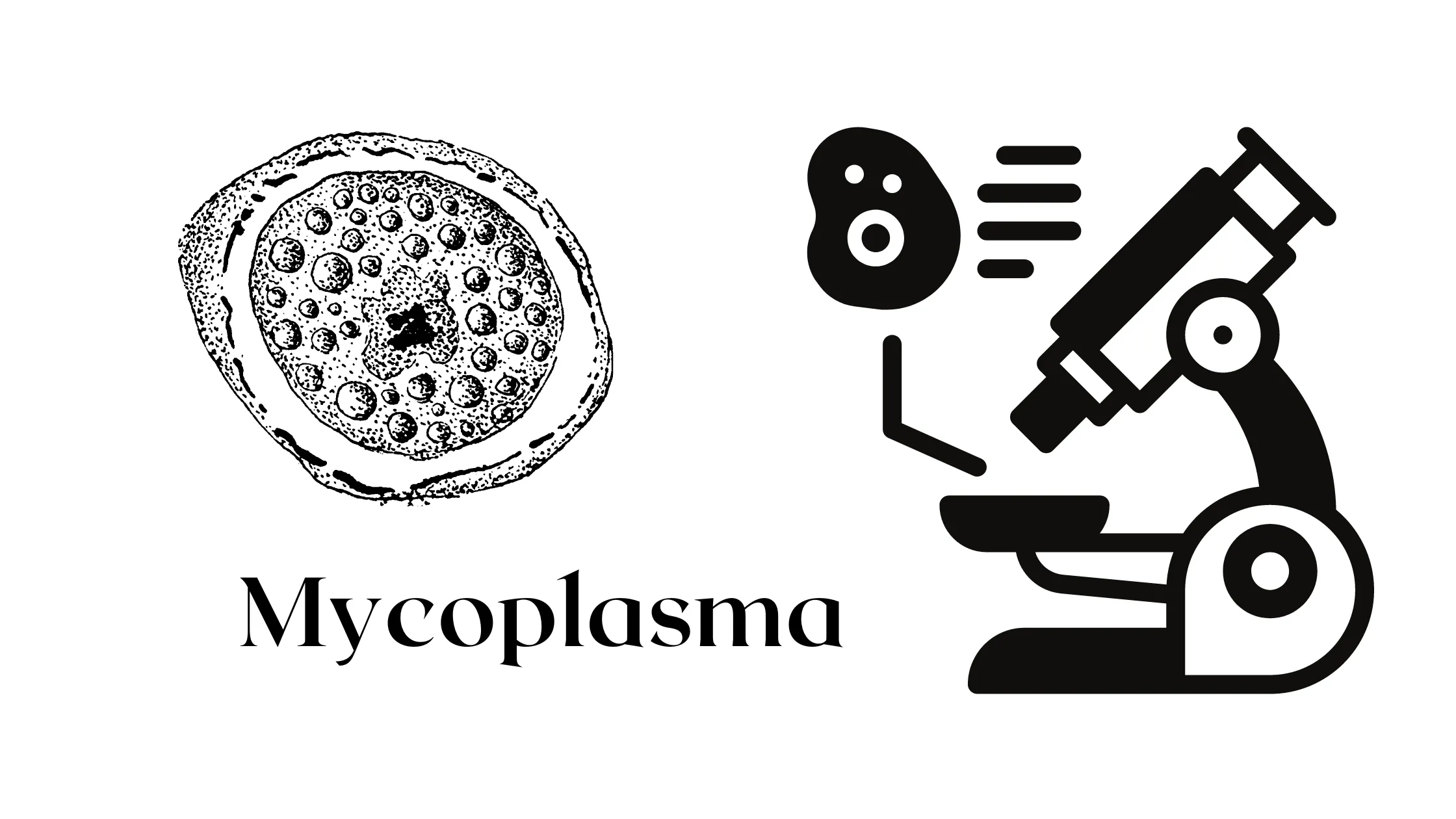Mycoplasma are typical prokaryotic organisms being the smallest known organisms capable of growth and reproduction. They are highly pleomorphic varying in shape from spherical to branched filamentous structures.
History & Discovery of Mycoplasma
A highly contageous diseases of cattle appeared in Germany and Switzerland in 1713 and it spread throughout Europe during the 18th century. This disease was named ‘Bovine Pleuropneumonia’ and its causative organism was thought to be “Pleuropneumonia-like Organism (PPLO)”. This discovery was made by Nocard and Roux (1898) and the organism discovered was given the first binomial name as Asterococcus mycoides. Later, in the year 1929, Nowak replaced the generic name by ‘Mycoplasma’, and the latter is now generally used in the place of PPLO to represent these organisms.
Characteristics of Mycoplasma
Mycoplasma shows a variation in their characteristics, most notable characteristics include –
- Mycoplasma lacks cell wall and are pleomorphic in structure.
- They are non motile.
- Plasma membrane is tri-layered and contains cholesterol.
- Organelles viz; plasma membrane, ribosomes and genetic material DNA and RNA are present in mycopoasmal cell.
- The genomic DNA of mycoplasma is large enough to code only about 600-1000 polypeptides.
- They multiply by binary fission such that a single cell divides into two daughter cells.
- The growth of mycoplasmas is inhibited by tetracycline and similar antibiotics that act on metabolic pathways.
Structure of Mycoplasma
Mycoplasma lacks cell wall, contains tri-layered plasma membrane. Their colonies that develp on solid culture media, are often small, typically having a nipped of “fried-egg” appearance. They usually have long Guanine (G) + Cytosine ( C) values (usually 23-41%). Their genome (DNA) is small in size (molecular weight of 0.5×10⁹ to 1.6×10⁹).

You may also like : 5 Key Difference Between Exine and Intine
Disease Caused by Mycopoasma
Mycoplasmas are important pathogens of animals. At present more that 36 mycoplasmas have been isolated.
The most typical representative of pathogenic or disease causing mycoplasmas are –
- Pneumonia in cattle (Mycoplasma mycoides)
- Acute respiratory infections (Mycoplasma hominis)
- Pneumonia in humans (Mycoplasma pneumoniae)

